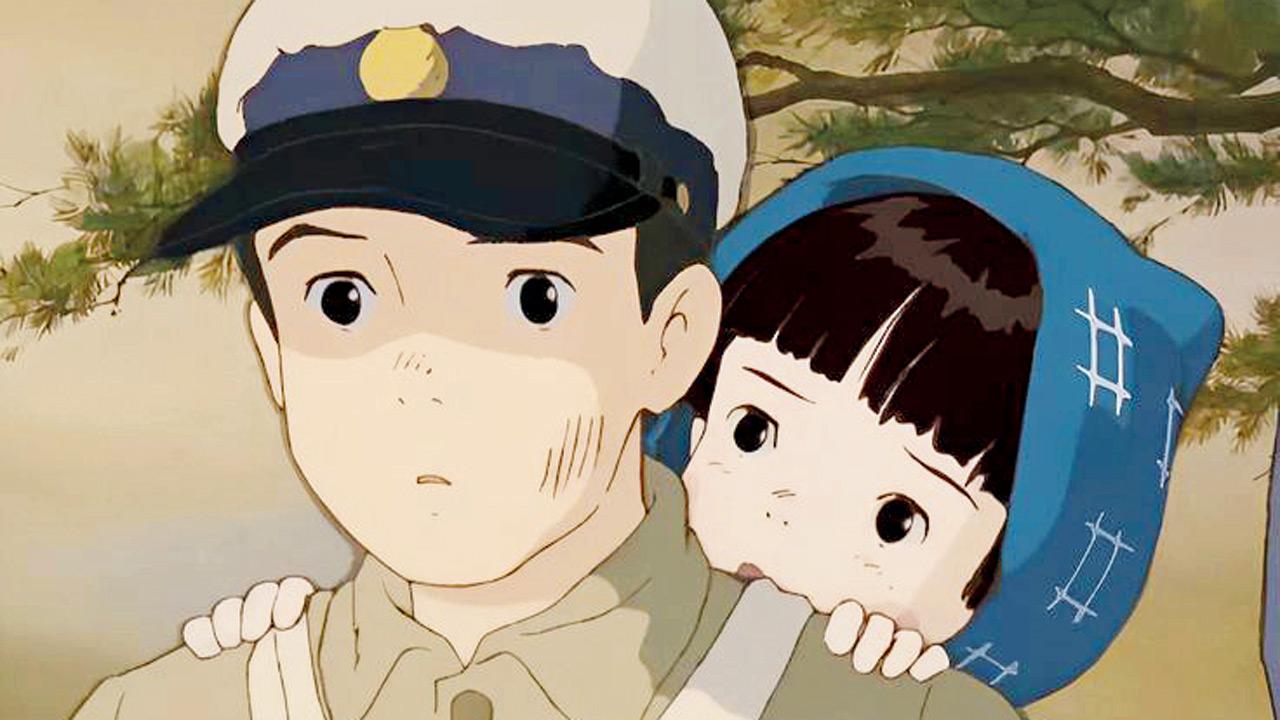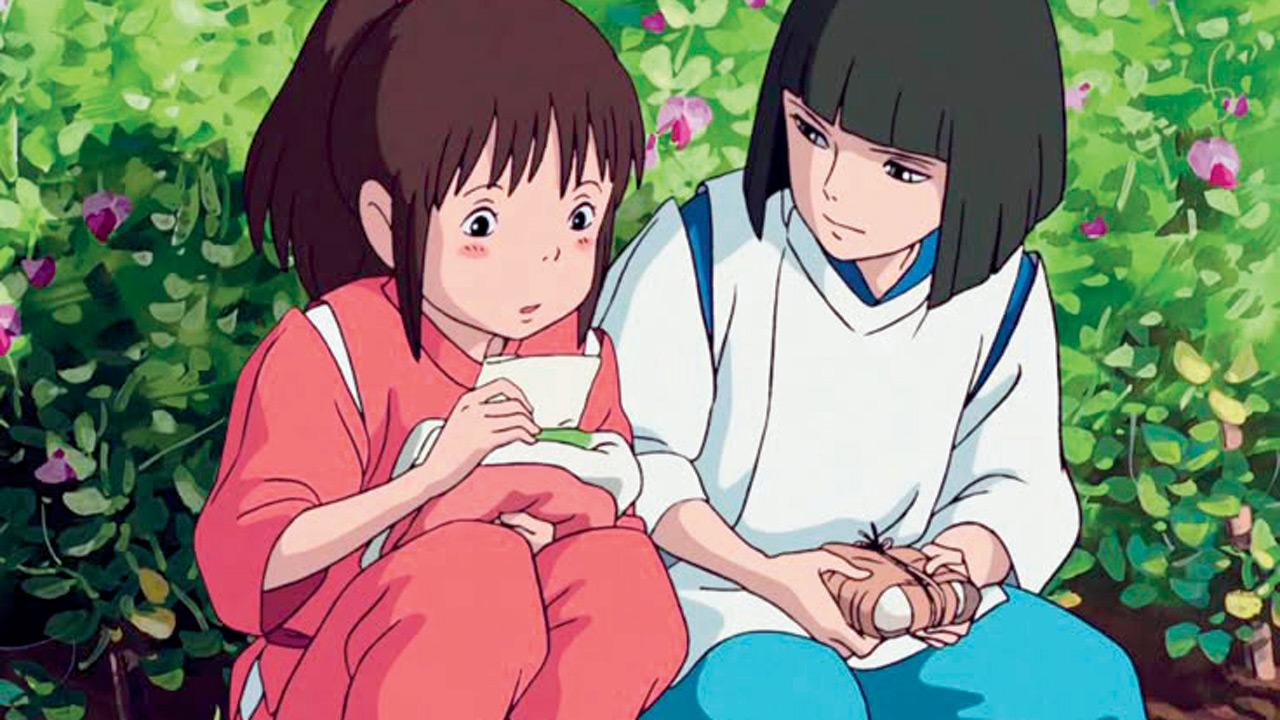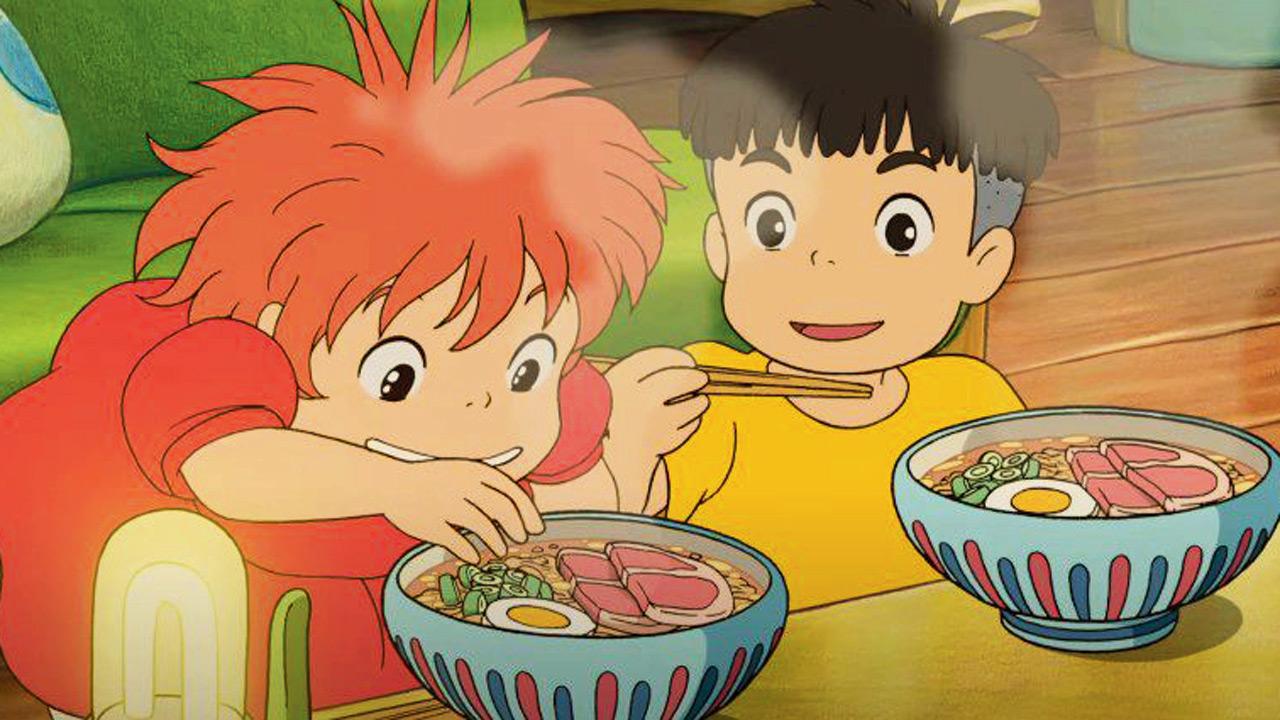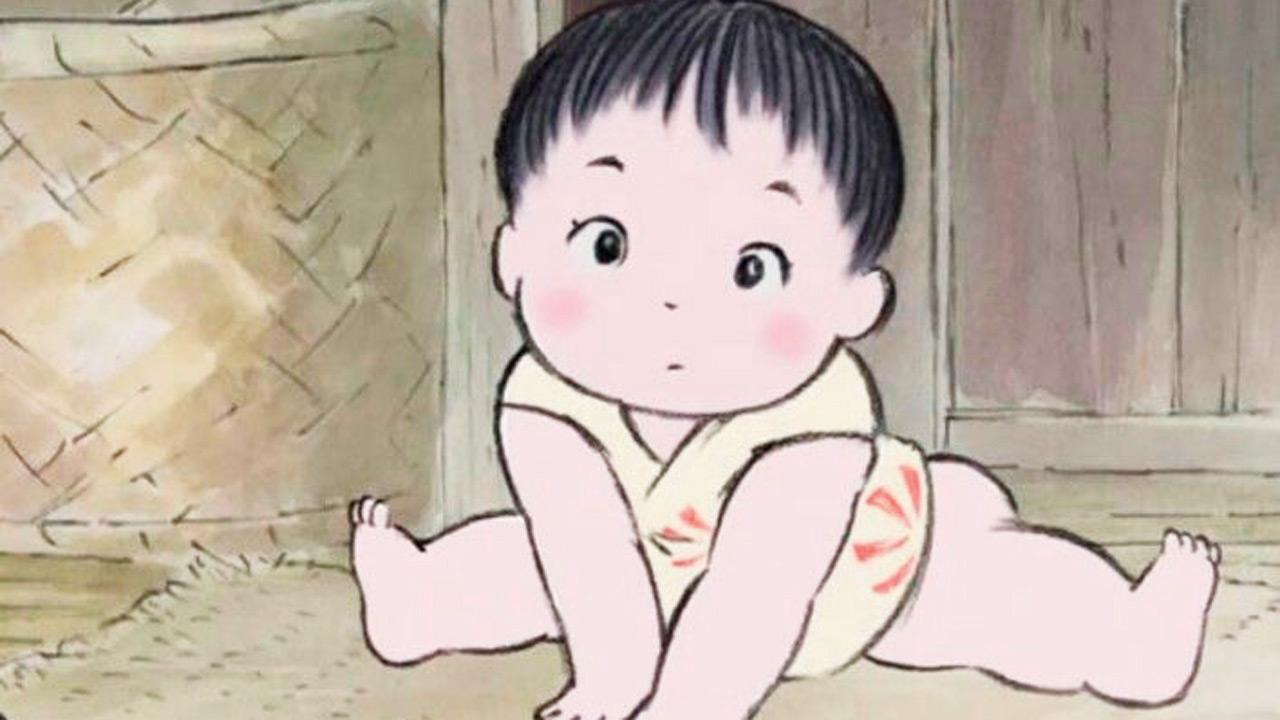The AI powered Ghibli trend has taken over the Internet. But are you familiar with its origins?

Hayao Miyazaki. PICS/PINTEREST
Studio Ghibli films have long been celebrated for their breathtaking animation, rich storytelling, and deeply human themes. Co-founded by legendary Japanese animator Hayao Miyazaki in 1985, the studio has remained committed to traditional hand-drawn techniques, ensuring each frame is meticulously crafted.
ADVERTISEMENT
In an era where AI transforming photographs into Ghibli-style images within seconds has become a trend that everyone seems to be hopping onto, Sunday mid-day brings to you a list of unmissable recommendations of Ghibli films that are bound to deepen your appreciation for the studio’s meticulous and distinct artistry.
Grave of the Fireflies (1988)

Though this film stands apart from Studio Ghibli’s usual fantastical storytelling, it remains one of its most powerful films. Directed by Isao Takahata, Grave of the Fireflies trades quaint adventures for a realistic portrayal of war’s toll on civilians. Despite its tragic tone, the film still carries Ghibli’s signature attention to detail—soft lighting, fluid character movements, and delicate imagery, like for instance the glow of fireflies against the night sky. However, unlike Miyazaki’s hopeful narratives, this story offers no magical escape. Instead, it delivers a heartbreaking and realistic reminder of war’s destruction. This animation is just as powerful, if not more, as any live-action war film, and it’s bound to make you cry.
Spirited Away (2001)

This creation is nothing less than a breathtaking coming-of-age fantasy that follows Chihiro, a sulky ten-year-old who stumbles into a mysterious spirit world. The film carries a critique of greed and modern consumerism, making it deeply resonant beyond its fantasy elements.
Ponyo (2008)

This masterpiece follows the tale of a goldfish named Ponyo who escapes from the sea and befriends a kind-hearted boy named Sosuke. The film explores themes of love, environmental harmony, and childhood curiosity. Ponyo carries Miyazaki’s signature depth, presenting a tale that is heartwarming and profound.
The Tale of the Princess Kaguya (2013)

As one of Studio Ghibli’s most visually distinct films, The Tale of the Princess Kaguya is based on the ancient Japanese folktale The Tale of the Bamboo Cutter. It tells the story of a mysterious girl found inside a glowing bamboo stalk who is raised by adoptive parents who believe that she is she is destined for nobility. The film embraces a watercolour, sketch-like style that feels fluid and expressive, which seemingly mirror Kaguya’s emotional highs and lows.
 Subscribe today by clicking the link and stay updated with the latest news!" Click here!
Subscribe today by clicking the link and stay updated with the latest news!" Click here!







